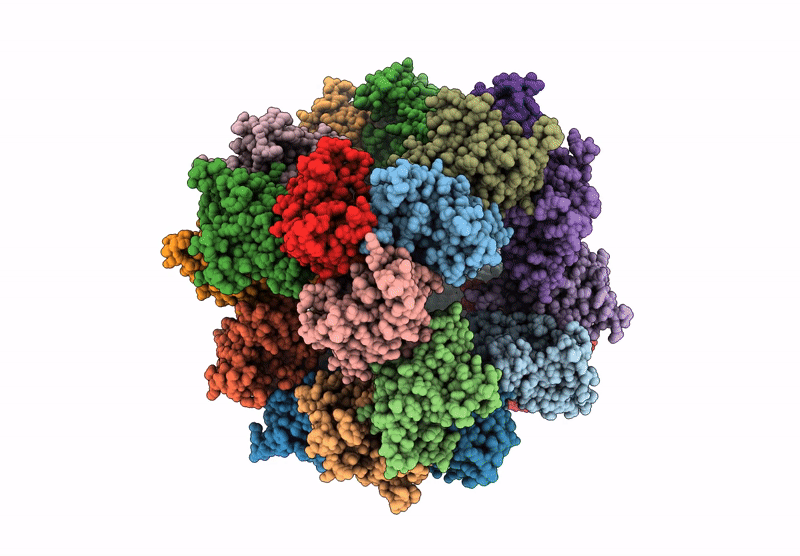
Deposition Date
2023-12-26
Release Date
2025-02-05
Last Version Date
2025-07-02
Entry Detail
PDB ID:
8XLL
Keywords:
Title:
Structure of the native 2-oxoglutarate dehydrogenase complex (OGDHC) in the adult cortex and hippocampus
Biological Source:
Source Organism:
Rattus norvegicus (Taxon ID: 10116)
Method Details:
Experimental Method:
Resolution:
3.10 Å
Aggregation State:
TISSUE
Reconstruction Method:
SINGLE PARTICLE


